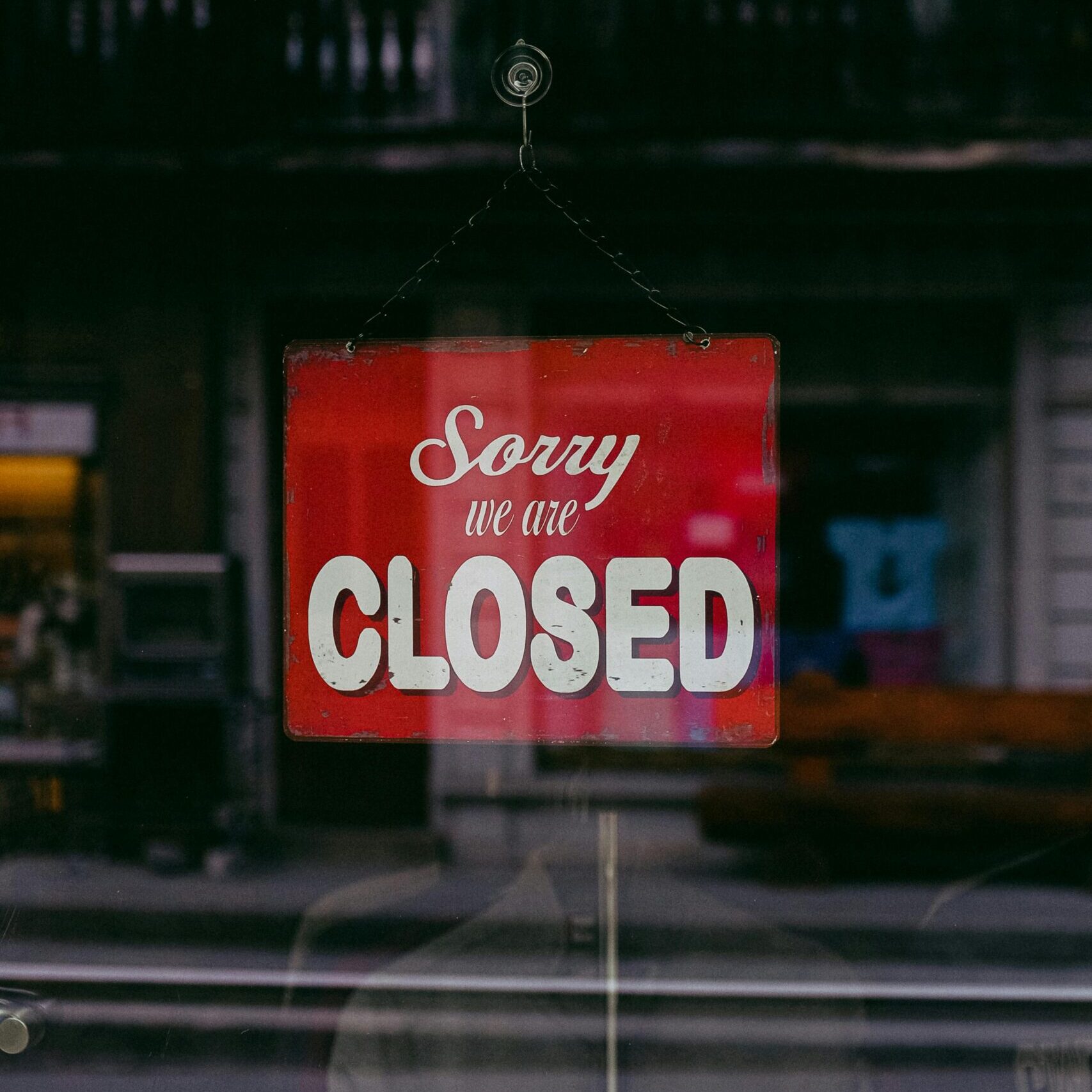
Contingency Fee Multipliers: Florida Supreme Court Rejects Rare and Exceptional Circumstances Requirement
Overview | Blog Posts | First-Party Coverage | Hudson Jones | Related | Print | Share
November 6, 2017
Contingency fee multipliers increase attorney fee awards substantially. The general custom in American law is that each party is responsible for his or her own attorney’s fees, regardless of the outcome of the action. See Johnson v. Omega Ins. Co., 200 So.3d 1207, 1214 (Fla. 2016). An exception, however, arises when an agreement of the parties or a statute states otherwise. Id. at 1214-15. Section 627.428, Florida Statutes, allows an insured who prevails against an insurer to recover reasonable attorney’s fees. This statute shifts fees to the insurer if the insured wins. The statute is intended to discourage insurers from contesting valid claims. Prevailing insureds often ask trial courts to award a multiplier when they win a lawsuit against their insurer. Insurers must appreciate exposure to attorney’s fees and contingency fee multipliers when coverage disputes are litigated.
In Florida, a trial court must consider whether to award a multiplier to a prevailing insured. But, it is not required to award a multiplier. Federal and state court decisions have debated when to apply contingency enhancements and fee multipliers. United States Supreme Court decisions disfavor contingency enhancements and find that they should only apply in “rare” and “exceptional” cases. The Florida Supreme Court, however, rejected that requirement in Joyce v. Federated National Insurance Company, 2017 WL 4684352 (Fla. 2017). The Joyce decision concluded that the Fifth District Court of Appeal erred by imposing a rare and exceptional circumstances requirement before a trial court may apply a contingency fee multiplier. It reaffirmed the contingency fee multiplier requirements articulated in three prior fee decisions: Florida Patient’s Compensation Fund v. Rowe, 472 So.2d 1145 (Fla. 1985); Standard Guaranty Insurance Co. v. Quanstrom, 555 So.2d 828 (Fla. 1990), and Bell v. U.S.B. Acquistion Co., 734 So.2d 403 (Fla. 1999).
Florida applies the federal lodestar approach for computing reasonable attorney fees. The Florida Supreme Court adopted the lodestar for the first time in Florida Patient’s Compensation Fund v. Rowe, 472 So.2d 1145 (Fla. 1985). Every attorney fee claim starts with the lodestar. It is a two-step process. The trial court must first determine the number of attorney hours reasonably expended multiplied by a reasonable hourly rate. Id. at 1150-51. Under Rowe, the trial court could adjust the lodestar and apply a multiplier from 1.5 to 3.0 based on the “likelihood of success” at the outset of the case. Id. at 1151.
The Florida Supreme Court reexamined Rowe in Standard Guaranty Insurance Co. v. Quanstrom, 555 So.2d 828 (Fla. 1990). The Quanstrom decision modified the analysis for contingency fee multipliers. A trial court must consider whether or not to apply a contingency fee multiplier, but it is not required to apply a multiplier. Id. at 831. When determining whether a multiplier is necessary, a trial court should consider three factors: (1) whether the relevant market requires a contingency fee multiplier to obtain competent counsel; (2) whether the attorney was able to mitigate the risk of nonpayment in any way; and (3) whether any of the factors set forth in Rowe are applicable, especially, the amount involved, the results obtained, and the type of fee arrangement between the attorney and his or her client. Evidence of these factors must be presented to justify a multiplier. In contract cases, a trial court may apply a multiplier from 1 to 2.5 based on the likelihood of success at the outset of a case. Id. at 834.
The United States Supreme Court analyzed the availability of contingency fee enhancements under fee-shifting statutes in Burlington v. Dague, 505 U.S. 557 (1992). There, the Court held that a contingency enhancement was not permitted under fee-shifting provisions of the Solid Waste Disposal Act and Clean Water Act. It reversed a 25% lodestar enhancement. Justice Scalia wrote the majority decision. He emphasized that fees are “certain” or “contingent.” Id. at 560. A fee is certain if it is payable without regard to the outcome of the suit; it is contingent if the obligation to pay depends on a particular result obtained. Id. at 560-61.
The Burlington decision disapproved of contingency enhancements. The Court’s prior decisions establish a “strong presumption” that the lodestar represents a “reasonable” fee. Id. at 562. An enhancement for contingency duplicates factors already subsumed in the lodestar. Id. The lodestar considers case difficulty based on the number of hours expended and the hourly rate. A contingency enhancement, in addition to the lodestar, “amounts to double counting.” Id. at 563. The attorney is rewarded twice. Justice Scalia argued further that contingency fee enhancement encourages nonmeritorious claims. Id. Moreover, enhancements increase litigation over fees. They make the setting of fees more complex, arbitrary, and unpredictable. Id. at 567.
In 1999, the Florida Supreme Court determined that a multiplier could be applied to court awarded fees based on a contractual provision, rather than a statute. See Bell v. U.S.B. Acquistion Co., 734 So.2d 403 (Fla. 1999). But the Court refused to deviate from the objective structure established by Quanstrom and Rowe for assessing a reasonable attorney fee. Id. at 411. A multiplier is a “useful tool” in determining a reasonable fee. Id. at 412. The Bell decision illustrates the Florida Supreme Court’s separation from federal precedent in cases involving a multiplier.
The United States Supreme Court addressed contingency enhancements under fee-shifting statutes in Perdue v. Kenny A. ex rel. Winn, 559 U.S. 542 (2010). The district court awarded a $4.5 million fee enhancement to a lodestar in a civil rights case. It based the enhancement on the quality of representation provided by the attorneys and results obtained. The Eleventh Circuit affirmed the award. The Supreme Court reversed, finding that the award was arbitrary. However, extraordinary cases may warrant an enhancement above the lodestar. Enhancements may be awarded in rare and exceptional circumstances.
The Florida Supreme Court’s decision in Joyce rejects a rare and exceptional circumstances requirement. The facts in Joyce involved a coverage dispute between insureds and their insurer under a homeowners’ policy. Water damaged a home in St. Johns County. The insureds filed a claim. The insurer thought that the insureds made material misrepresentations when they applied for insurance. Specifically, the insurer believed that the insureds failed to disclose prior losses on the insurance application. The insurer denied coverage for the claim based on material misrepresentations and failed to disclose prior losses. The insureds could not afford an attorney charging an hourly rate so they hired one on a contingency fee basis.
The insureds sued their insurer for coverage. The parties litigated for several months. But pre-litigation mistakes changed the case and forced a settlement. The insureds produced a copy of their original insurance application during discovery. The application properly disclosed the prior losses. The insured’s agent incorrectly transmitted the application data to the insurer without the prior claims. The insurer conceded coverage after the first deposition. The insureds recovered $23,500 for the damage and settled the case, exclusive of attorney’s fees. The parties stipulated that the insureds were entitled to recover reasonable attorney’s fees under the fee-shifting statute because the insureds won.
The attorney fee award exceeded the insureds’ recovery under the insurance contract. The trial court held a fee hearing. It determined that the insureds’ attorney spent 109 hours on the case at a reasonable hourly rate of $350, which supported a lodestar amount of $38,150. Next, the trial court considered whether to apply a contingency fee multiplier. It added a 2.0 multiplier to the $38,150 lodestar amount and awarded $76,300 in fees to the insureds’ attorney.
The trial court applied all three Quanstrom factors to justify the 2.0 multiplier. The first factor—the relevant market—supported a multiplier. The insureds’ attorney and fee expert testified that they were unaware of any other attorneys in St. Johns County who specialized in representing first-party plaintiffs against insurers. The attorney said she took the case with the “hope and expectation” that, if she won, the court would award a contingency fee multiplier. She would not have taken the case without that possibility because it would not have been economically feasible. The fee expert testified a contingency fee multiplier was necessary to obtain a competent attorney. The trial court concluded that “there are few or no other attorneys who undertake this work who have offices in the St. Augustine area.” Without the possibility of a contingency fee multiplier, the insureds would not have found another competent attorney who would have agreed to take the case.
The second Quanstrom factor supported a multiplier because the insureds’ attorney could not have mitigated the risk of nonpayment. The insureds could not pay a retainer fee. The fee expert testified that there was no meaningful way for the attorney to mitigate the risk of nonpayment based on the insureds’ economic situation.
The trial court also determined that the third Quanstrom factor supported a multiplier. The Rowe factors were present. The case was complex. And, the likelihood of success at the outset was even at best.
The insurer appealed the attorney fee award. The appellate court agreed with the trial court on the lodestar calculation of $38,150 but disagreed with the 2.0 multiplier. The case was not complex. The insureds had no trouble finding an attorney to represent them. The appellate court reversed the multiplier and relied on the rare and exceptional circumstances requirement. It cited to the Perdue decision and said that a contingency fee multiplier is to be used only in rare and exceptional circumstances. The insured appealed to the Florida Supreme Court.
Florida trial courts may apply a contingency fee multiplier if there is competent and substantial evidence supporting a multiplier. But a rare and exceptional circumstances requirement does not apply to contingency fee multiplier claims. The Florida Supreme Court quashed the decision and said the Fifth District erred by imposing a rare and exceptional circumstances requirement. No such requirement exists under Rowe, Quanstrom, and Bell. Moreover, the Fifth District’s reliance on Perdue was wrong. That decision addressed lodestar enhancements in contexts other than contingency fee multipliers. The Joyce decision supports Florida’s continued commitment to allow (but not require) the use of contingency fee multipliers where appropriate. The decision applies to cases in federal court removed from state court on the basis of diversity jurisdiction.
Insurers and insureds will continue to litigate contingency fee multipliers. Last month, Hurricane Irma—a storm wider than the State—damaged properties across Florida. The storm interrupted businesses. Millions of Floridians lost power. Insurers and insureds are still assessing the damages caused by Hurricane Irma.
Hurricane Irma will produce coverage disputes between insureds and their insurers. Every claim for hurricane-related damage begins with a coverage analysis under the insurance policy. Expect causation disputes: wind versus water; wind versus flood; wind versus storm surge; concurrent causation versus efficient proximate cause; exterior openings caused by a covered peril versus interior water intrusion limitations; wind-driven rain; and ensuing water losses. Expect damage valuation disputes: Replacement Cost versus Actual Cash Value. Expect roof disputes: 25% rule; 50% rule; code upgrades; and matching. Expect more litigation over attorney fees.
Insurers must appreciate their exposure to contingency fee multipliers when coverage disputes are litigated in court. If the insured prevails on a coverage dispute during litigation, the insured’s attorney recovers reasonable fees from the insurer. As part of the fee claim, the attorney may claim entitlement to a contingency fee multiplier. Like Joyce, the fee award for the attorney may exceed the insured’s damages and recovery under the insurance contract. Contingency fee multipliers, when applied correctly, reward risk. But, remember, a multiplier claim may not be supported by the facts. Insureds must prove entitlement to a multiplier by competent and substantial evidence on the record.
For any further questions, please contact Hudson Jones.



